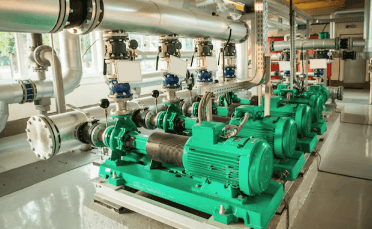Question
a.
True
b.
False
c.
May be True or False
d.
can't say
Posted under Electronics and Communication Engineering
Interact with the Community - Share Your Thoughts
Uncertain About the Answer? Seek Clarification Here.
Understand the Explanation? Include it Here.
Q. Maximum efficiency of class B power amplifier is 50%.
Similar Questions
Explore Relevant Multiple Choice Questions (MCQs)
Q. The self bias provides
View solution
Q. The efficiency of a full wave rectifier using centre tapped transformer is twice that in full wave bridge rectifier.
View solution
Q. Assertion (A): CE amplifier is the most widely used BJT amplifier
Reason (R): CE amplifier has zero phase difference between input and output
View solution
Q. Assertion (A): For large signal variations an amplifier circuit has to be analysed graphically
Reason (R): The output characteristics of a transistor is nonlinear.
View solution
Q. Negative feedback reduces noise originating at the amplifier input.
View solution
Q. An RC coupled amplifier has an open loop gain of 200 and a lower cutoff frequency of 50 Hz. If negative feedback with β = 0.1 is used, the lower cut off frequency will be
View solution
Q. The load impedance ZL of a CE amplifier has R and L in series. The phase difference between output and input will be
View solution
Q. If an amplifier with gain of - 1000 and feedback factor β = - 0.1 had a gain change of 20% due to temperature, the change in gain of the feedback amplifier would be
View solution
Q. Which of the following power amplifiers has highest efficiency?
View solution
Q. A full wave rectifier using centre tapped transformer and a bridge rectifier use similar diodes and have equal no load output voltage. Under equal load conditions
View solution
Q. In an amplifier with a gain of - 1000 and feedback factor β = - 0.1, the change in gain is 20% due to temperature. The change in gain for feedback amplifier will be
View solution
Q. The open loop gain of an amplifier is 200. If negative feedback with β = 0.2 is used, the closed loop gain will be
View solution
Q. In a class C power amplifier the input signal has a frequency of 250 kHz. If the collector current pulses are 0.1 μs wide, the duty cycle of current waveform is
View solution
Q. The dissipation at the collector is in the quiescent state and increases with excitation in the case of a
View solution
Q. The open loop gain of an ideal op-amp is
View solution
Q. The ideal characteristics of a stabilizer is
View solution
Q. A difference amplifier using op-amp has closed loop gain = 50. If input is 2 V to each of inverting and non-inverting terminals, output is 5 mA. Then CMRR =
View solution
Q. The coupling capacitor in amplifier circuits
View solution
Q. An ideal op-amp has zero slew rate.
View solution
Q. In a bridge rectifier circuit the rms value of input ac voltage is 10 V. The PIV across each diode is
View solution
Recommended Subjects
Are you eager to expand your knowledge beyond Electronics and Communication Engineering? We've handpicked a range of related categories that you might find intriguing.
Click on the categories below to discover a wealth of MCQs and enrich your understanding of various subjects. Happy exploring!








